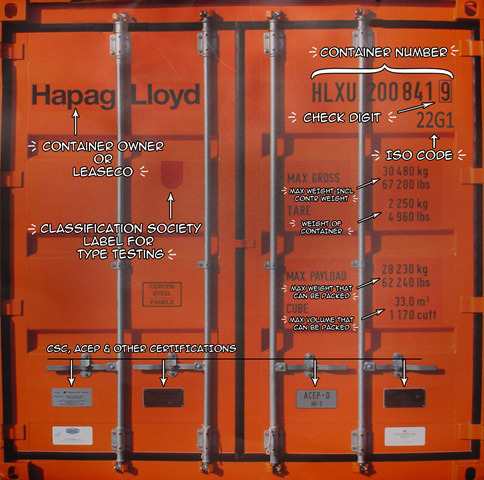Naming and inspecting containers
- Objectives
- Naming our containers
- Default names
- Specifying a name
- Renaming containers
- Inspecting a container
- Parsing JSON with the Shell
- Using
--format

Objectives
In this lesson, we will learn about an important Docker concept: container naming.
Naming allows us to:
Reference easily a container.
Ensure unicity of a specific container.
We will also see the inspect command, which gives a lot of details about a container.
Naming our containers
So far, we have referenced containers with their ID.
We have copy-pasted the ID, or used a shortened prefix.
But each container can also be referenced by its name.
If a container is named thumbnail-worker, I can do:
$ docker logs thumbnail-worker
$ docker stop thumbnail-worker
etc.
Default names
When we create a container, if we don't give a specific name, Docker will pick one for us.
It will be the concatenation of:
A mood (furious, goofy, suspicious, boring...)
The name of a famous inventor (tesla, darwin, wozniak...)
Examples: happy_curie, clever_hopper, jovial_lovelace ...
Specifying a name
You can set the name of the container when you create it.
$ docker run --name ticktock jpetazzo/clock
If you specify a name that already exists, Docker will refuse to create the container.
This lets us enforce unicity of a given resource.
Renaming containers
You can rename containers with
docker rename.This allows you to "free up" a name without destroying the associated container.
Inspecting a container
The docker inspect command will output a very detailed JSON map.
$ docker inspect <containerID>
[{
...
(many pages of JSON here)
...
There are multiple ways to consume that information.
Parsing JSON with the Shell
You could grep and cut or awk the output of
docker inspect.Please, don't.
It's painful.
If you really must parse JSON from the Shell, use JQ! (It's great.)
$ docker inspect <containerID> | jq .
- We will see a better solution which doesn't require extra tools.
Using --format
You can specify a format string, which will be parsed by Go's text/template package.
$ docker inspect --format '{{ json .Created }}' <containerID>
"2015-02-24T07:21:11.712240394Z"
The generic syntax is to wrap the expression with double curly braces.
The expression starts with a dot representing the JSON object.
Then each field or member can be accessed in dotted notation syntax.
The optional
jsonkeyword asks for valid JSON output.
(e.g. here it adds the surrounding double-quotes.)